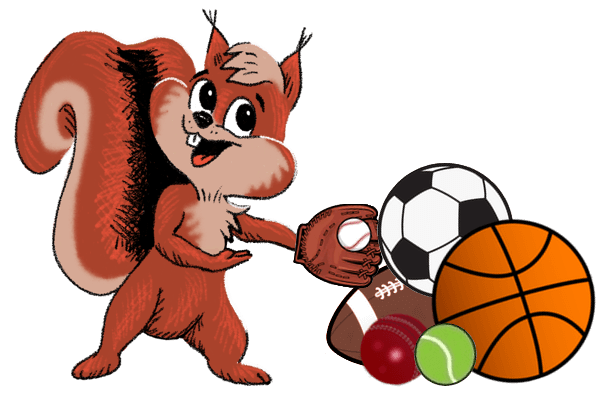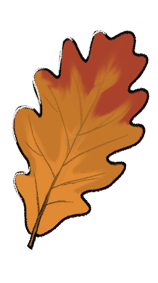Skeleton racing is the oldest competitive sled racing sport in the world (ancestor to both bobsled and luge). Skeleton originated in 1892 when an Englishman built a new metal sled, whose skeletal shape became its namesake. Skeleton was purely recreational until debuting at the Olympic Winter Games in 1928 in St. Moritz, Switzerland. It wasn't until 20 years later, in 1948, when St. Moritz again hosted the Games, that skeleton made the Winter Games program. Skeleton was re-introduced into the 2002 Olympics as a full medal sport.
Skeleton is a unique sport in that it uses the same track and start as the bobsled, but athletes ride down the track headfirst on their sled instead of in a sleigh. Each skeleton athlete must wear a helmet with a chin guard. This helps prevent injury, as their faces and chins are only 1 inch from the ice surface when they race down the track at speeds exceeding 120km/80mph. The goal is to slide down the track in the fastest time, which means taking the quickest line down the track and avoiding hitting the walls. To begin, athletes sprint from the start block. At the 50-meter mark, they jump onto the sled, stomach down, with hands at their side and toes pointed. Athletes hold their toes only 2 inches from the ice surface as they slide down the track.
The keys to the skeleton race are the "push" and the competitor's driving technique. Athletes wear shoes with spikes so they can grip the ice at the start and have a fast, hard push. There is no steering mechanism on a skeleton sled, instead racers use their shoulders--and at times their feet-to help guide or steer the sled down the track.
More information
More information
Subcategories 1
Sites 1
General introduction to the sport and how people can try it. Includes FAQs, message board, photos, and related links.
General introduction to the sport and how people can try it. Includes FAQs, message board, photos, and related links.
Other languages 2

Last update:
June 16, 2016 at 4:54:13 UTC

Check out
Science: Biology: Mycology: Associations
- Recently edited by shedragon
- Recently edited by shedragon